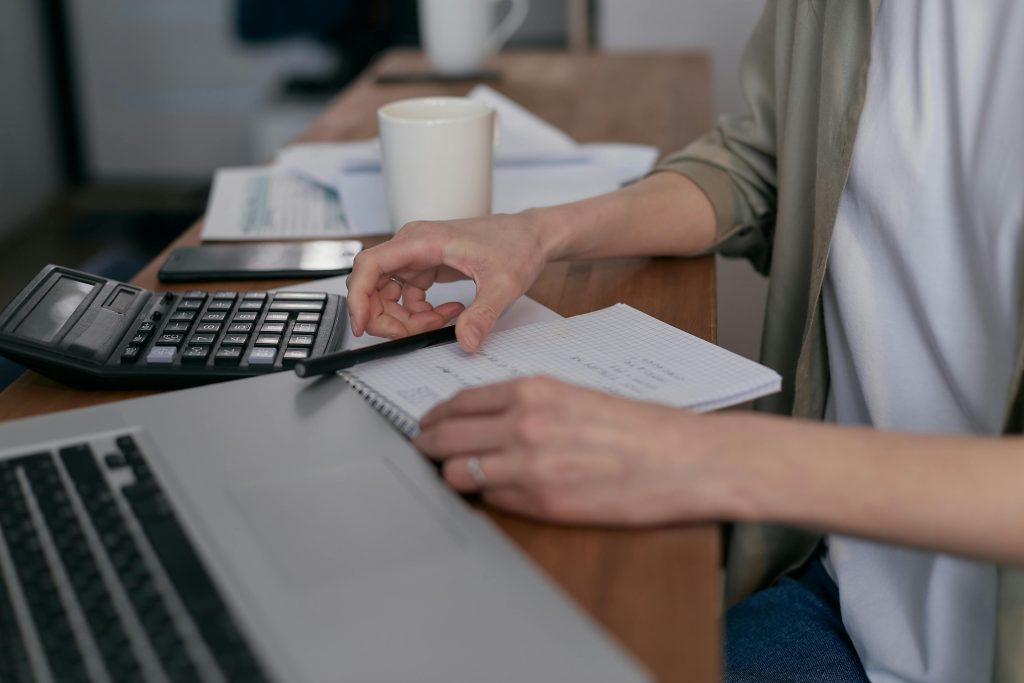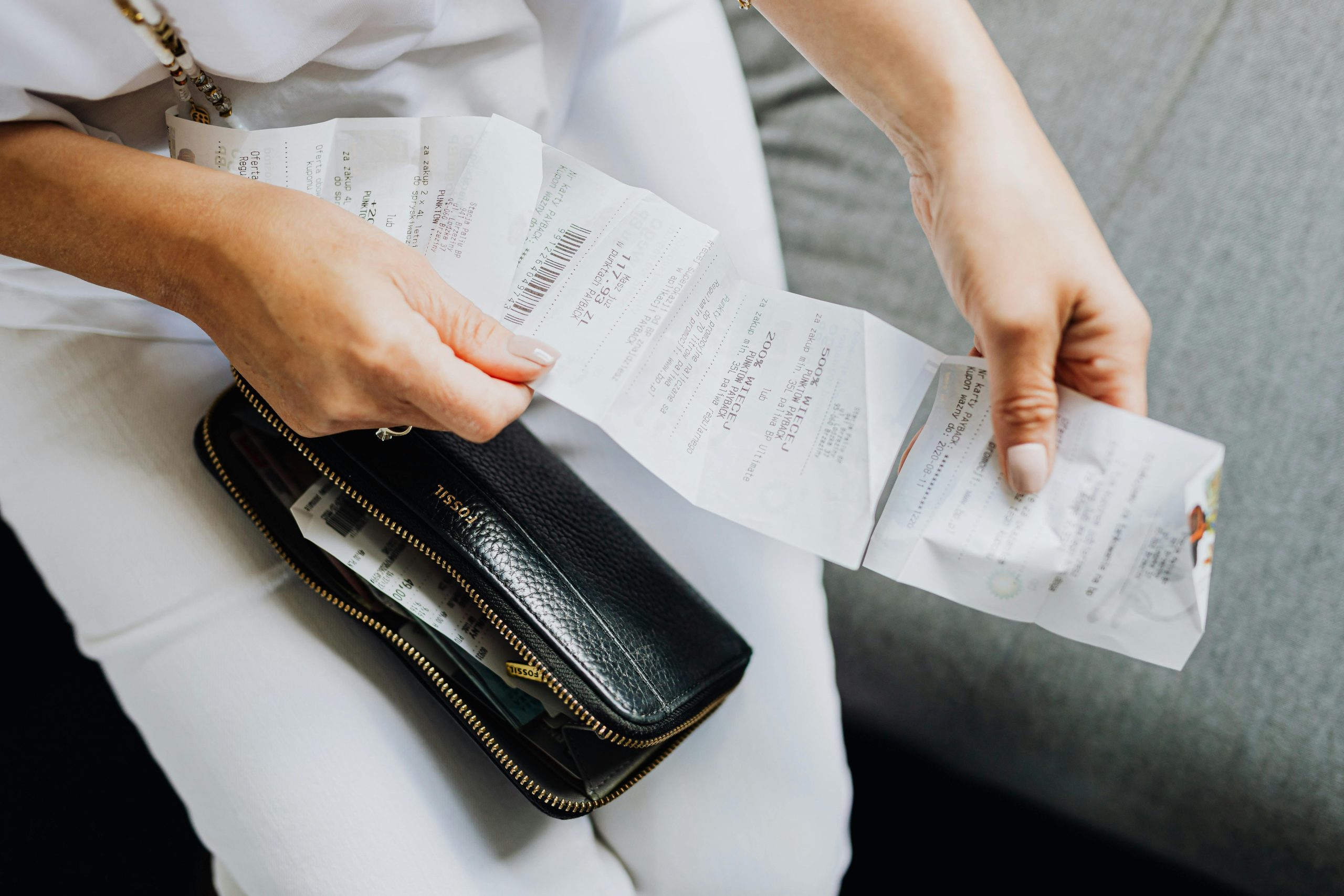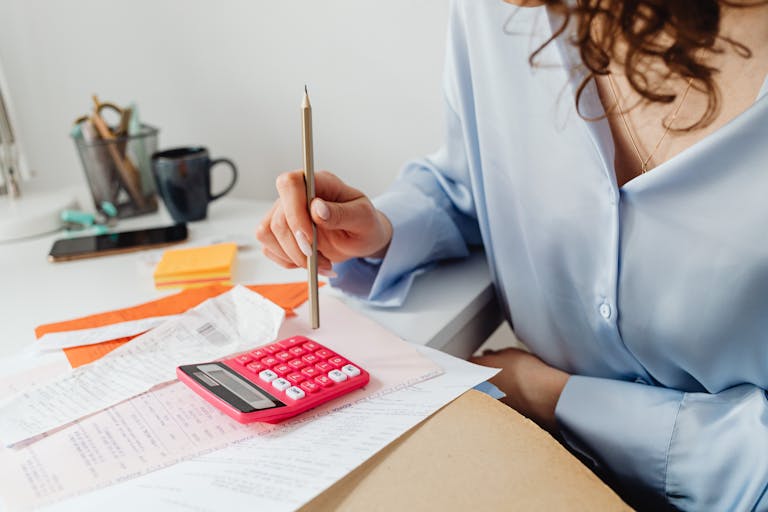Budgeting 101: A Beginner’s Approach That’s Doable
Rewind the clock a few years, and I had zero idea how to budget my money. I’d be constantly dipping into my overdraft, wondering what I’d spent my money on.
I had no clue how to manage my money. No one had ever shown me how to start budgeting, and like many people, I assumed that budgeting meant sacrificing any fun.
It wasn’t until I needed to pay off debt that I sat down and started to track my money, creating a budget that worked for my lifestyle.
If you’re wondering how to build a budget that works for you, here is the step-by-step approach I took to manage my funds, including how you can do the same without overhauling your entire life.
What Is a Budget and Why Does It Matter?
A budget is a plan to manage your money, detailing your income, expenses, debts, savings, and any money you have left over.
With the rising cost of living in the UK, having a budget will help you to:
- Stay on top of bills
- Start growing your savings
- Pay off any debts
- Avoid unplanned overdrafts or late fees
- Plan for big events like Christmas
Budgeting also gives you complete peace of mind over how you manage your money.
Budgeting 101 for Beginners: My Step-By-Step Approach

Step 1: Know How Much is Coming In
The first step is to know your income. That might be straightforward, but if your income varies, work out the average over the last three months and use that as a ballpark figure.
The money you bring in each month can include:
- Salary
- Government benefits
- Freelance or side hustle income
- Maintenance payments
Write down everything.
To keep it simple, you may decide to initially count your fixed income, especially if you do monthly side hustles that vary in total. Either way, the total of your income is what you’re going to use to cover your expenses.
Step 2: List Your Monthly Expenses
Once you’ve figured out your income, the next step is to break down your expenses. Start by listing out all your essential fixed costs. These are the regular payments that usually stay the same each month.
Your fixed expenses may include:
- Rent or mortgage
- Utilities
- Council tax
- Groceries
- Travel costs
- Insurance
- Debt repayments
- Childcare
An example of your fixed expenses may be your rent (£850), council tax (£130), electricity and gas (£100), broadband (£30), and minimum debt repayments (£200).
Add these up and subtract the total from your monthly income. If your take-home pay is £2,000 and your fixed costs come to £1,310, you’ll be left with £690 to budget for everything else. This is usually your variable spend, which may not be the same amount each month.
Your variable spending can include things like:
- Subscriptions
- Eating out or takeaways
- Shopping and personal care
- Kids activities
- Savings
Looking at your bank account statement will give you a picture of where your money is going.
Once you’ve looked at your spending for the last month, going forward, you can allocate a specific amount for each item. This should be for the amount of money you have left over from your income once your fixed expenses have been accounted for.
Step 3: Track Where Your Money Is Going
You can track your monthly variable spends as they occur to ensure you stay within your allocated amount. For instance, if you’ve spent £30 on Monday at a restaurant, note that down and mark it within your eating out budget allocation.
You’re going to track every pound you spend. Yes, every single one. This is the best way to see exactly where your money is going.
You’re likely to see patterns in your spending. For example, those ‘little’ top-up shops that add up to far more money than you imagine.
You can use a notebook, an app, or a spreadsheet to note this. These days, I use a digital spreadsheet that automatically calculates everything, but I started with pen and paper. Use whatever works for you at this moment in time.
Step 4: Choose a Budgeting Method That Works for You
There’s no one-size-fits-all when it comes to budgeting, and there are a few popular UK methods that you can try:
- 50/30/20 rule – Budget 50% of your income on fixed expenses, 30% on variable spends, 20% on savings or debt repayment
- Zero-based budgeting – You give every pound a job, so your income minus expenses equals zero
- Envelope method – Using cash or digital categories to separate your money into spending ‘pots’
I tried different approaches before settling on a zero-based budget approach. However, don’t be afraid to experiment to see what works best for you. If you find that you’re struggling to stick to your budget, then it might be worth trying a different method.
Step 5: Adjust and Review Monthly
No budget is perfect on the first go. Each month, review what worked, what didn’t, and tweak as necessary.
There were months I spent too much on food shopping. Other times, I forgot to budget for birthdays. But over time, I’ve refined my budget to something that works for me.
You’ll likely find that it’s your variable spending or grocery spending that will need adjusting, especially if your fixed expenses increase or decrease.
Step 6: Use the Right Tools
If you’re just starting, I recommend beginning with a printable budget planner since it makes the process easy to follow.
Once you get the hang of it (or if you’re more tech savvy), a digital spreadsheet can save you tons of time. I now use a spreadsheet that does all the calculations for me.
I have a free simple budget spreadsheet that’s easy to use. Plus, you’ll get a visual reference of where your money is going.
The Mistakes I Made (So You Don’t Have To)
A few mistakes I made along the way are thinking that my budget had to be perfect (spoiler: it doesn’t) and setting an unrealistic budget that didn’t account for real life.
Life happens, so it’s essential that you factor in things like annual expenses, such as a car MOT or service, and leave yourself some breathing room. It’s always better to budget more for your variable expenses rather than less. By doing this, you can rollover any extra money you have to the next month or use it to top up your savings.
Budgeting Doesn’t Mean You’re Bad With Money
Budgeting isn’t a restriction. It just means that you’re organising your money to create a better life for yourself.
Whether you want to save, pay off debt, or spend money with intention, having a budget prevents you from worrying about how you’re going to pay the bills or reach your personal finance goals.
By using a personalised budget, you’ll feel more in control of your money, be prepared for the future, and stop any overspending habits.
My free Simple Budget Planner is a great way to start budgeting with intention. Give it a go and begin managing your money better today.


